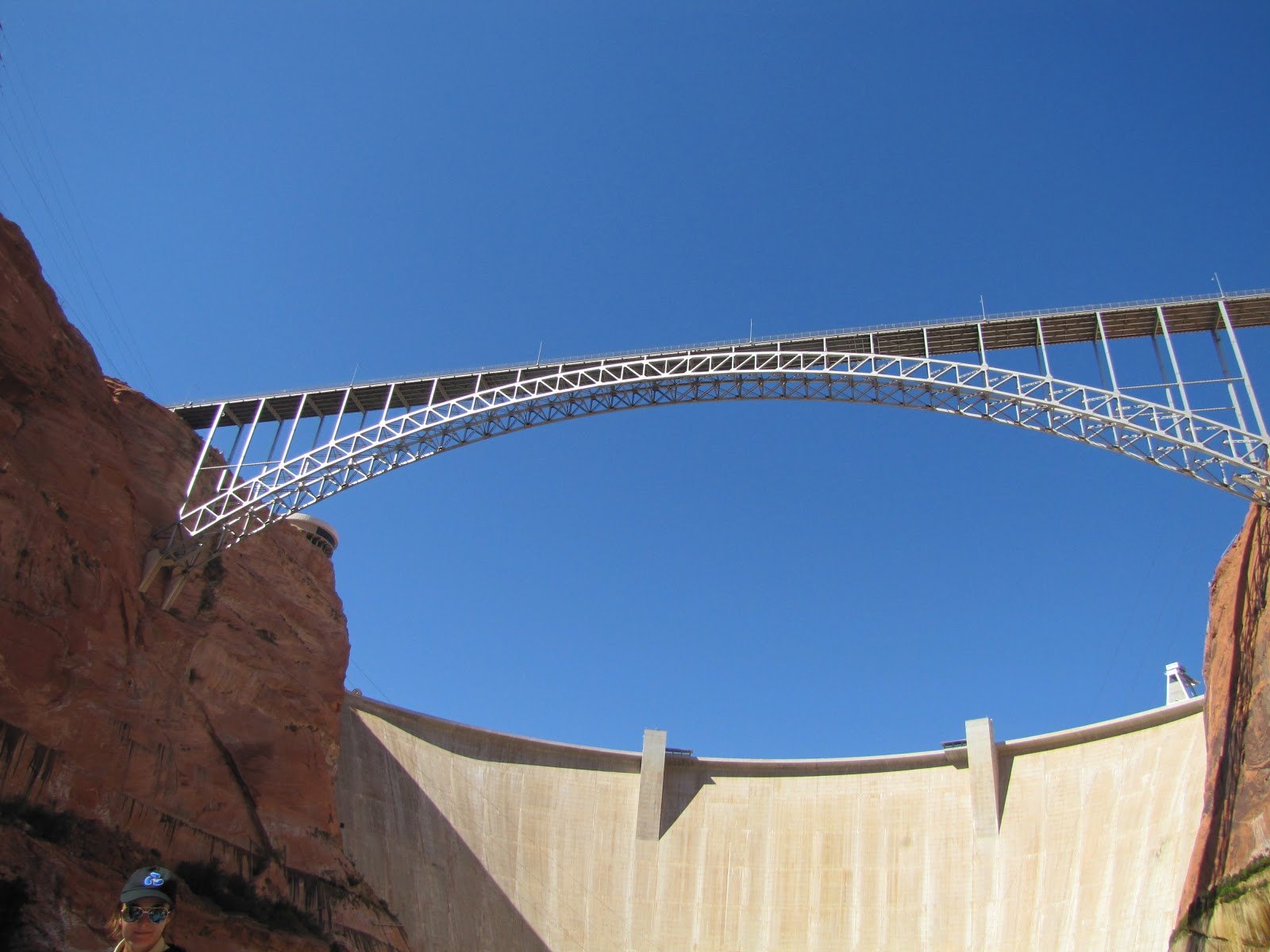The American Southwest is confronting a historic water crisis. “Colorado River water rights” are at the heart of a tense standoff between states, tribal nations, and agricultural communities, as declining flows threaten a lifeline that supports millions of people, vast farmland, and delicate ecosystems.
Why the Colorado River Matters
The Colorado River supplies water to nearly 5 million acres of farmland, powers hydroelectric plants for millions of residents, supports recreation in world-famous landscapes like the Grand Canyon, and sustains critical wildlife habitats. Over 30 federally recognized Native American tribes have claims to Colorado River water rights, while cities from Phoenix to Los Angeles depend on its supply for drinking water.
For more than 25 years, the river’s levels have been falling due to climate change, prolonged drought, and outdated agreements. With current water-use guidelines expiring in 2026, talks over a new plan have hit a stalemate.
Arizona’s New Approach
In June 2025, Arizona proposed a radical change—allocating water based on the river’s actual flows instead of historic apportionments or reservoir forecasts. Supporters say this approach could make Colorado River water rights more equitable and realistic. But debates over exact state allocations reveal how complex and politically sensitive the issue has become.
The 1922 Compact Under Pressure
The century-old Colorado River Compact split the basin into Upper Basin states—Colorado, New Mexico, Utah, Wyoming, and part of Arizona—and Lower Basin states—most of Arizona, plus California and Nevada. Each basin was promised 7.5 million acre-feet of water annually, with Mexico later guaranteed 1.5 million acre-feet through a 1944 treaty.
Unfortunately, the agreement was based on overly optimistic assumptions about river flow. Evaporation and seepage losses, totaling around 1.3 million acre-feet from Lake Mead annually, were never factored in—making current Colorado River water rights allocations increasingly unrealistic.
Climate Change and Human Missteps
About 85% of the river’s flow comes from snow in the Rocky Mountains, and most of the basin is arid. Reduced snowfall, hotter temperatures, and a 1,200-year drought—compounded by flawed original agreements—have strained Colorado River water rights beyond their limits.
Stabilization Efforts
To address the crisis, basin states and Mexico have implemented conservation measures. The 2007 guidelines tied water reductions to reservoir levels, while 2019 agreements added emergency releases and further cuts. By 2023, Arizona, California, and Nevada recorded their lowest combined use of the river since 1983. Federal funding has also supported conservation projects, especially in agriculture and tribal lands.
What’s at Stake
If the states fail to agree by 2026, the U.S. Interior secretary could impose rules—likely leading to lawsuits. Farmers in Yuma County and California’s Imperial Valley worry about irrigation supplies, while cities face growing uncertainty over drinking water. Tribal nations fear that their Colorado River water rights will not be fully honored.
The fight over Colorado River water rights is a defining challenge for the Southwest. As climate change tightens its grip, cooperation—not conflict—will determine whether this shared resource can sustain the region’s people, economies, and ecosystems for generations to come.
Read Also :-
- Telecom Cyber Frauds: India’s Smart Tech-Driven Fight Against Mobile Scams
- Shree Anna for Shreshta Bharat: India’s Millet Revolution for a Healthier Future

